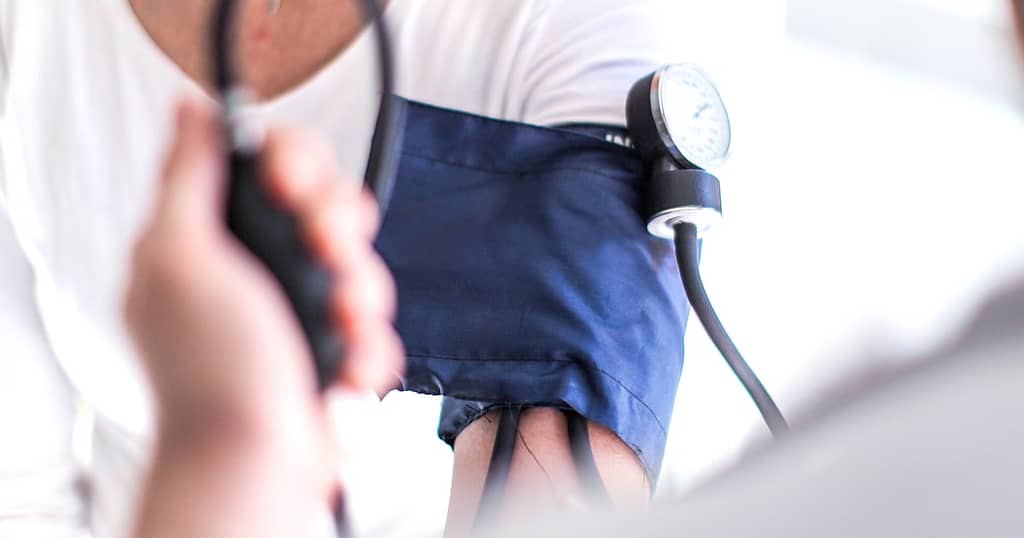What’s the best summer blockbuster of all time? Vote in our TODAY bracket
Sections
Shows
More
Follow today
More Brands
A person can have normal blood pressure at home, only to have it spike the moment he or she enters a doctor’s office — a phenomenon known as “white coat hypertension.”
Patients may think it’s no big deal or perfectly natural, but new research suggests it can signal health trouble ahead.
People with untreated white coat hypertension were twice as likely to die from heart disease as people with normal blood pressure, a study published Monday in the Annals of Internal Medicine found.
They also had a 36% increased risk of heart disease and a 33% increased risk of premature death.
People whose readings spiked at the doctor’s office but who were already taking medication to control high blood pressure didn’t face those same increased risks, researchers found.
On average, almost half of all patients probably experience white coat hypertension, though it’s more common when they’re seeing a doctor for the first time, said Dr. Jordana Cohen, the study’s lead author and an assistant professor at the University of Pennsylvania’s Perelman School of Medicine.
“A little bit of it is normal because you get a little bit nervous when you go see a new doctor,” Cohen told TODAY.
“If it’s the third time, that extra bit of anxiety that causes it tends to go away. So if it’s still present by that third time, that’s when you worry it’s probably a little bit more dangerous.”
If seeing a white coat increases your blood pressure, many other stressors in life probably do as well, heart experts caution.
The findings are based on a meta-analysis of 27 studies that looked at how having a higher blood pressure at the doctor’s office impacted health. In all, more than 64,000 people who were followed for a median of eight years were included.
Most of the studies defined white coat hypertension as having blood pressure greater than 140/90 mm Hg at the doctor’s office, and less than 135/85 at home.
Newer guidelines have lowered the definition of high blood pressure to readings above 130/80 mm Hg.
The worry is that people with white coat hypertension have a higher rate of transitioning to constant high blood pressure, Cohen said. That takes a toll on a person’s arteries, heart, kidneys and brain. Untreated chronic high blood pressure can lead to a heart attack, stroke, heart failure and other serious health issues.
The take-home message is that it’s important to monitor readings at home — even if people are young and have low cardiovascular risk — to make sure it’s not happening all the time, Cohen said.
Whether at home or the doctor’s office, blood pressure should be measured the right way. According to the American Heart Association, you need to:
Of course, that often doesn’t happen when people go to the doctor’s office, which can result in an erroneously higher reading. Even sitting on an exam table without your back supported and with your feet dangling can lead to a higher number, Cohen said.
You don’t want to make any decisions based on that high number, said Dr. Ron Blankstein, a preventive cardiologist at Brigham and Women’s Hospital in Boston. Ask the staff to measure your blood pressure again at the end of the visit when you’ve had a chance to relax.
“It’s up to the patients to start asking their physicians to check their blood pressure more carefully,” Cohen advised.
You can get more tips at targetBP.org, a website run by the American Heart Association (AHA) and the American Medical Association.
A. Pawlowski is a TODAY health reporter focusing on health news and features. Previously, she was a writer, producer and editor at CNN.
© 2024 NBC UNIVERSAL
